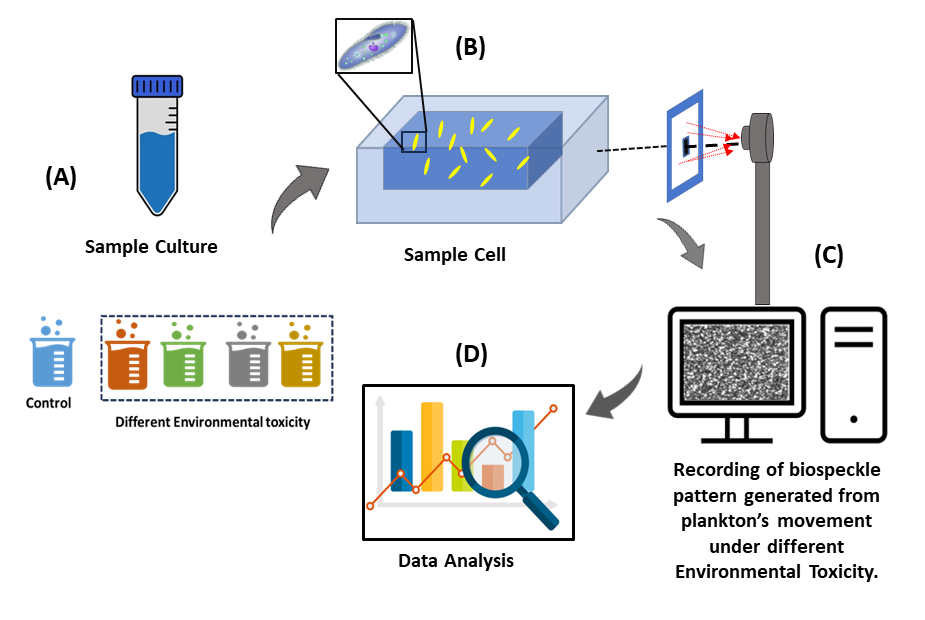Profile

Nationality : Indian
Keywords : Physics, Water research, Biospeckle, Bioassay, Heavy Metal, Microorganisms
Research advisor : Prof. (Dr.) Hirofumi Kadono
Why I entered GSC program
I joined the Green and Sustainable Chemical (GSC) program at Saitama University in Japan because it perfectly aligned with my passion for both physics and environmental sustainability. This program places a strong emphasis on promoting eco-conscious practices and offers a multidisciplinary approach, making it an ideal platform for my doctoral studies. I am deeply committed to explore the fascinating connection between physics and sustainability, especially when it comes to addressing urgent environmental challenges. Within the GSC program, I have the incredible opportunity to dive into research that examines the evolution of water toxicity through observing plankton reactions by applying fundamental principles of physics, I aim to unravel the complex dynamics of water toxicity and shed light on its impact on ecological systems. What truly excites me about the GSC program is its focus on translating research outcomes into real-world solutions. I am driven by the desire to conduct research that not only expands scientific knowledge but also makes a tangible difference in mitigating environmental issues. In essence, the GSC program at Saitama University fuels my passion for exploring the intersection of physics and sustainability. I am eager to push the boundaries of knowledge, contribute to solving pressing environmental challenges, and shape a greener, more sustainable world through research.
Research title
Fast and Reliable Micro-Bioassay technique based on biospeckle
Research abstract
Recently, the pollution brought on by numerous dangerous chemicals has become a major issue worldwide. There are about 350 million different types of chemical substances that are registered, making it extremely difficult or perhaps impossible to analyze and identify each chemical individually and then assesses their toxicity on the environment. On the other hand, bioassay, which evaluates environmental toxicity based on the response of microscopic organisms like plankton without identifying each chemical separately, has received a lot of attention. For this method, a microscopic observation is needed to get the crucial features like swimming prowess and alive/dead status of targeted plankton. With narrower focal depth, the imaging system makes microscopic observation more challenging especially when working with tiny microorganisms. In our study, to overcome this difficulty we proposed a novel method for the microbioassay using a laser biospeckle in the diffraction field produced by plankton. Findings showed that, the sensitivity of laser biospeckles in detecting the subtle changes in the swimming behaviour and the health of the microbes with change in heavy metal concentration makes it a potential method for fast assessment of the toxicity in an environment.
Graphical abstract




